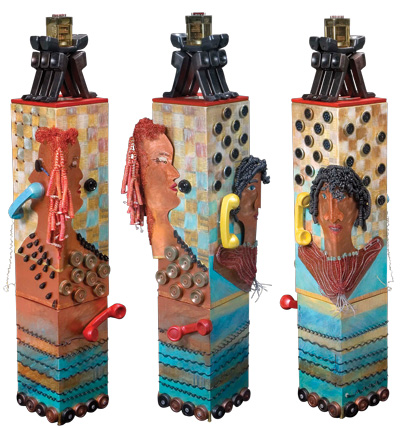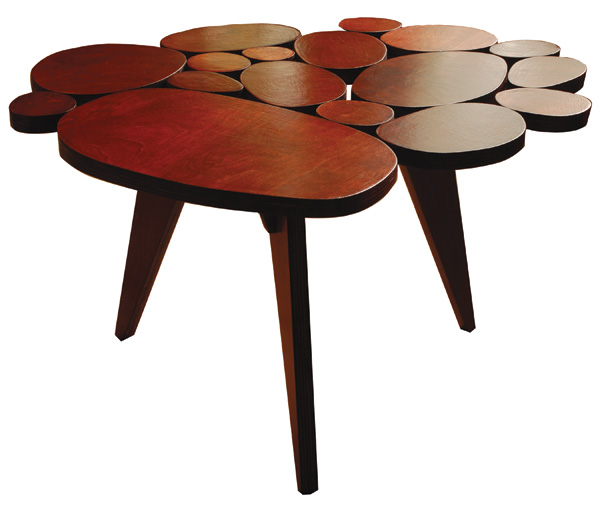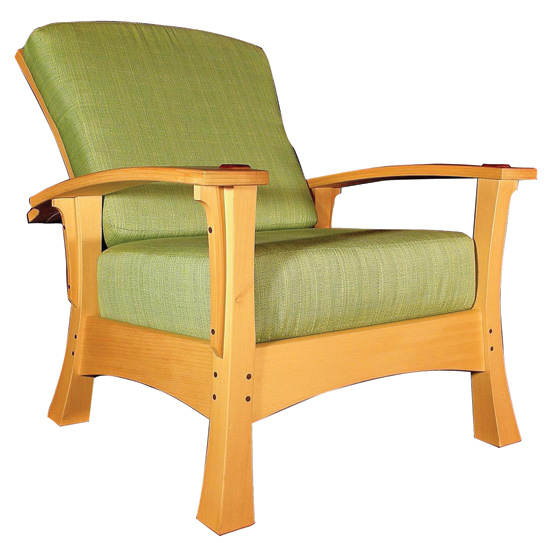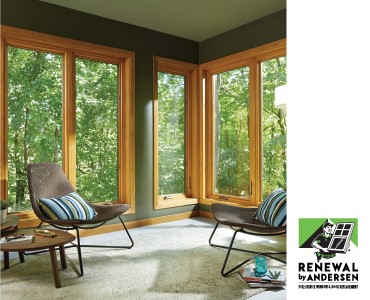Wayne Cordrey
You might not want to live with Crayola-colored living room furniture, but you just might pine for primary colors in your great outdoors, as furnituremaker Wayne Cordrey found out when he took his hand-painted furniture to the Saturday Market in Hood River, Ore. He sold it all before the market opened. “Not being someone who needs to be hit over the head, I quickly made some more,” he says.



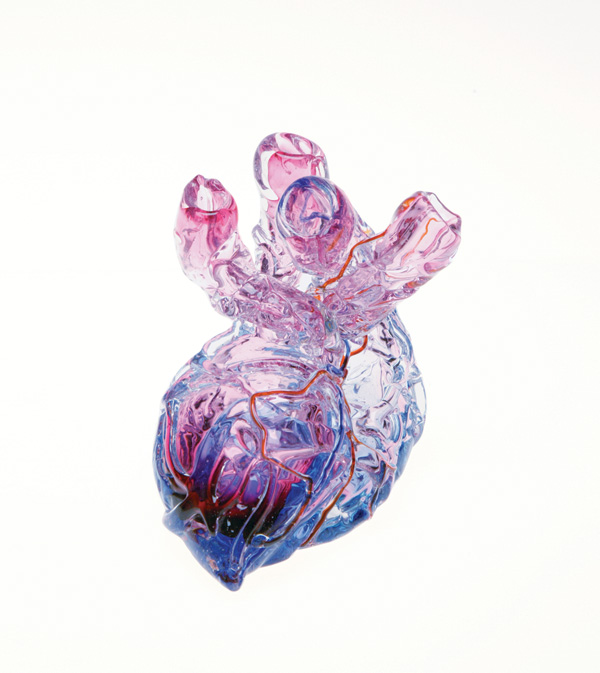 Water drops. Tree roots. Antlers. Soap bubbles. Everything from organisms to human organs serves as inspirations for glass artists Andi Kovel and Justin Parker, the partners behind the Portland-based esque studio. “Esque is a suffix—as in picturesque or burlesque,” says Kovel. “We wanted a studio name that acknowledges that everything that surrounds us influences us.”
Water drops. Tree roots. Antlers. Soap bubbles. Everything from organisms to human organs serves as inspirations for glass artists Andi Kovel and Justin Parker, the partners behind the Portland-based esque studio. “Esque is a suffix—as in picturesque or burlesque,” says Kovel. “We wanted a studio name that acknowledges that everything that surrounds us influences us.”